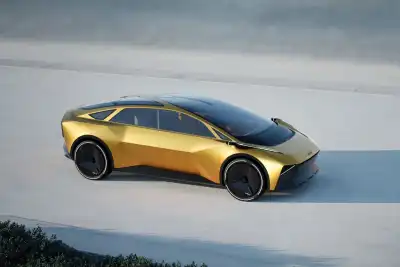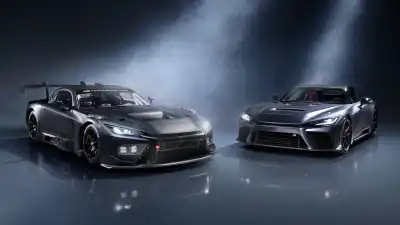
Broadly speaking, there are two types of electric car charger in the United Kingdom: alternating current (AC) and direct current (DC). Alternating and direct current are simply types of electricity. Both types of charger are compatible with a range of connectors that plug into a car. Let us summarise these connectors.
Type 1: AC (slow charge)
Type 1 is a basic connector typically found on older cars. The Mk1 Nissan LEAF, for instance. The typical power ratings are 3.7kW and 7kW. Such ratings are low and influence how quickly your car charges. Slowly, in other words. Additionally, the connector cannot be locked to the car. This means that anyone – not just you – can remove it. That can be problematic if someone wants to ‘borrow’ the connector. Type 1 also has five pins and is single phase. Single phase means that electricity only flows through a single conductor.
Type 2: AC (slow and fast charge)
Type 2 is the most common connector fitted to new electric vehicles. Typical power ratings are 3.7kW and 7kW. These figures match the Type 1. However, Type 2 is a three phase connector, so – if the charger is connected to a suitable power source – electricity flows through three conductors within the connector rather than one. The typical power rating is then 22kW so charge times fall accordingly. This seven pin connector can also be locked to your vehicle whilst in use. This ensures only you can remove it.
CHAdeMO: DC (rapid charge)
CHAdeMO is a rapid charge connector and the typical power ratings are 50kW and 100kW. Such figures far eclipse Type 1 and Type 2 so your vehicle charges quicker. CHAdeMO was created by Toyota, Nissan, Mitsubishi, and other Japanese companies. CHAdeMO is an ‘abbreviation of CHArge de Move’, the association responsible for the connector explained. That is equivalent to ‘charge for moving’.
Combined Charging System: DC (rapid charge)
The Combined Charging System (CCS) is likely to become the most common type of DC connector in the United Kingdom, many experts predict. The typical power ratings are 50kW, 150kW, and 350kW. The lowest rating is the most easily available.
Type 2: DC (rapid)
As mentioned, Type 2 is a slow to fast AC connector. That is by far its most typical use in the United Kingdom. However, it can also charge a Tesla – but only a Tesla – via DC. The Tesla simply has to be connected to one of its manufacturer’s superchargers. The typical power ratings are 150kW and 250kW.
The cheapest electric cars: names and explained


